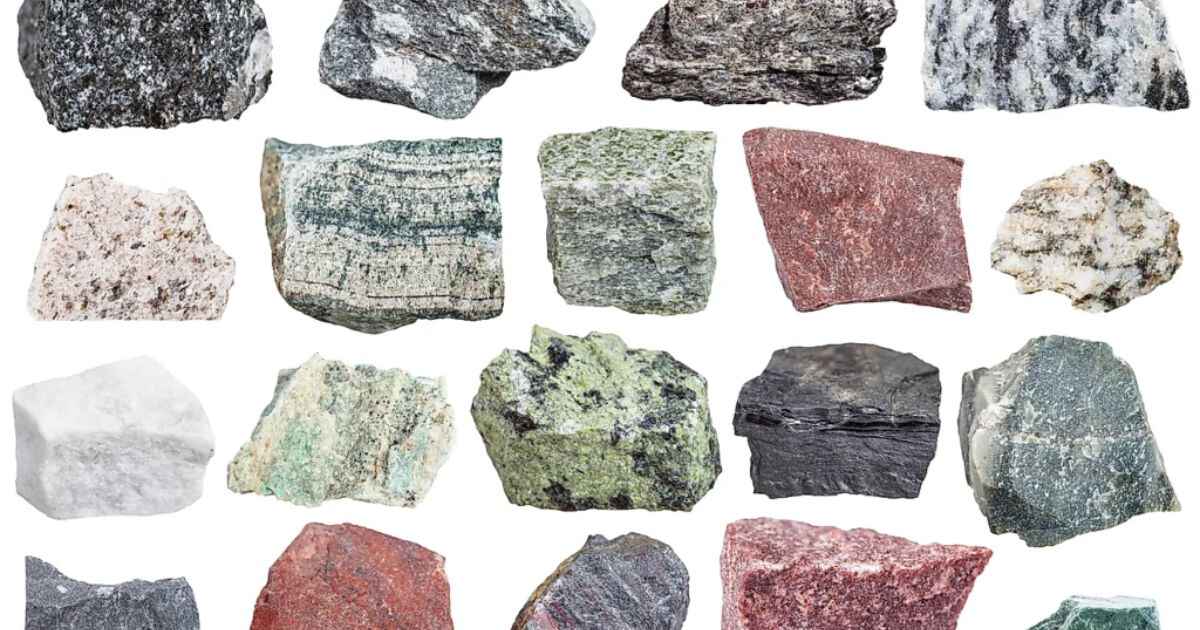
Types of Limestone: Everything You Need to Know
Exploring Limestone for Your Project? Here’s What You Should Know!
You must become acquainted with the many types of limestone and its attributes if you consider installing limestone tiles for your kitchen or bathroom floors. In-depth details about limestone composition, formation, and color variations are covered in this article to help you make an informed decision.
Selecting limestone according to its type
Selecting suitable limestone requires careful consideration of several factors, including use, texture, color spectrum, and desired harmony with the overall design.
Appeal to the Eyes:
Chalk limestone:
Perfect for people looking for a fine-textured material with a white or light gray appearance.
Limestone with animal shells:
It was selected for its distinctive look that evokes sea lilies due to the presence of animal shells.
Coral Reef Limestone:
Made from the skeletons of coral animals, this stone is ideal for a sleek, mechanical appearance free of impurities.
Travertine:
Preferred for its naturally occurring appearance close to water sources due to its porous, light-colored composition.
Dark limestone rock:
Chosen for its unique dark hue, especially when you want to include some organic elements.
Preferences for Texture:
Coarse or Fine-Grained Structures:
Coarse crystalline formations or fine-grained structures can be chosen based on the desired texture.
Color Palette:
Pure Limestone (Almost White):
Highly prized for its uniformity and brightness, this material is a favorite for a crisp, airy look.
Light Beige and Cream Shades:
Jerusalem Gold and Jura Beige limestones are notable examples of this color family, valued for their aesthetic appeal and longevity.
Darker Hues:
Ideal for high-traffic areas because of their increased stain resistance and durability.
Application-Specific Pointers to Remember:
Low-activity Areas:
Lighter limestone types are a classier but less durable solution for locations with low foot activity.
Zones with High Traffic:
Darker limestone is a sensible option for locations that get a lot of traffic because of its longevity and stain resistance.
Harmony in Design:
Integration of Interior and Exterior Designs:
Light colors such as ivory, beige, cream, and light gray mix easily with exterior and interior design schemes.
Workable Solutions:
Darker hues provide valuable options for high-traffic areas where durability and upkeep are essential.
Unveiling the Composition of Limestone Rock
Limestone, a sedimentary rock, primarily comprises calcite, calcium carbonate, magnesium dolomite, and fossilized marine life remains. It originates in clear, warm, shallow marine waters, with some variations classified as chemical sedimentary rocks formed through direct precipitation. The intricate formations on the stone surface, derived from marine organisms and fossils, enhance its visual appeal when polished or honed over millions of years.
Diverse Limestone Types and Their Origins
Chalk Limestone:
Originates from calcareous shell remains, typically appearing white or light gray with a fine texture.
Animal Shell Limestone:
Consists of animal shells resembling sea lilies, providing a distinctive appearance.
Coral Reef Limestone:
Crafted from backbone-free coral animal skeletons, generally free of mechanical impurities.
Travertine:
A porous, light-colored limestone forming near water sources and springs.
Black Limestone Rock:
Exhibits a distinct black color due to an infusion of organic materials.
Texture Variations:
Ranging from coarse crystalline to fine-grained structures, showcasing diverse textures.
Classifying Limestone by Color
Limestone incorporates minerals like quartz, pyrite, and feldspar, resulting in a wide array of colors, including greys, buffs, reds, greens, and pastel shades. Pure limestone, nearly white, is valued for its luminosity and homogeneity. Light beige and cream shades, exemplified by Jura Beige Limestone and Jerusalem Gold Limestone, are esteemed for durability and aesthetic appeal.
Considerations for Color Selection
Paler Limestone:
Generally less hardwearing and stain-resistant, suitable for low-traffic areas.
Darker Limestone:
Offers enhanced durability and stain resistance, ideal for high-traffic zones.
Summary:
This comprehensive article guides readers through the considerations of choosing limestone for flooring projects, specifically in kitchens and bathrooms. It covers essential information on limestone’s composition, formation, and color variations. The diverse types of limestone, such as Chalk, Animal Shell, Coral Reef, Travertine, and Black Limestone Rock, are explored, along with their unique origins and textures. The classification of limestone by color, ranging from pure white to darker hues, is detailed, emphasizing considerations for both aesthetic appeal and practicality. The final thoughts underscore the versatility of limestone in various applications, providing options for both interior and exterior design needs.
FAQs:
What is the main chemical makeup of limestone?
The major ingredients of limestone are fossilized marine life remnants, calcite, calcium carbonate, and magnesium dolomite.
How is limestone created?
Sand, shell, and mud deposits from lakes and oceans, usually in clear, warm, shallow marine waters, are what produce limestone over millions of years.
Which kinds of limestone are included in the article?
Prominent varieties comprise Chalk, Coral Reef, Animal Shell, Travertine, and Black limestone rocks.
How does the color of limestone vary?
The colors of limestone range from bright white to deeper tones, which are influenced by minerals such as feldspar, quartz, and pyrite.
When choosing limestone?
While darker limestone gives more durability and limestone is typically less stain- and wear-resistant.
How do you feel about utilizing limestone in remodeling projects?
Limestone is a multipurpose building material that can be used in both commercial and residential settings.Darker hues offer useful solutions for high-traffic areas, while lighter tones are ideal for both indoor and outdoor designs.

